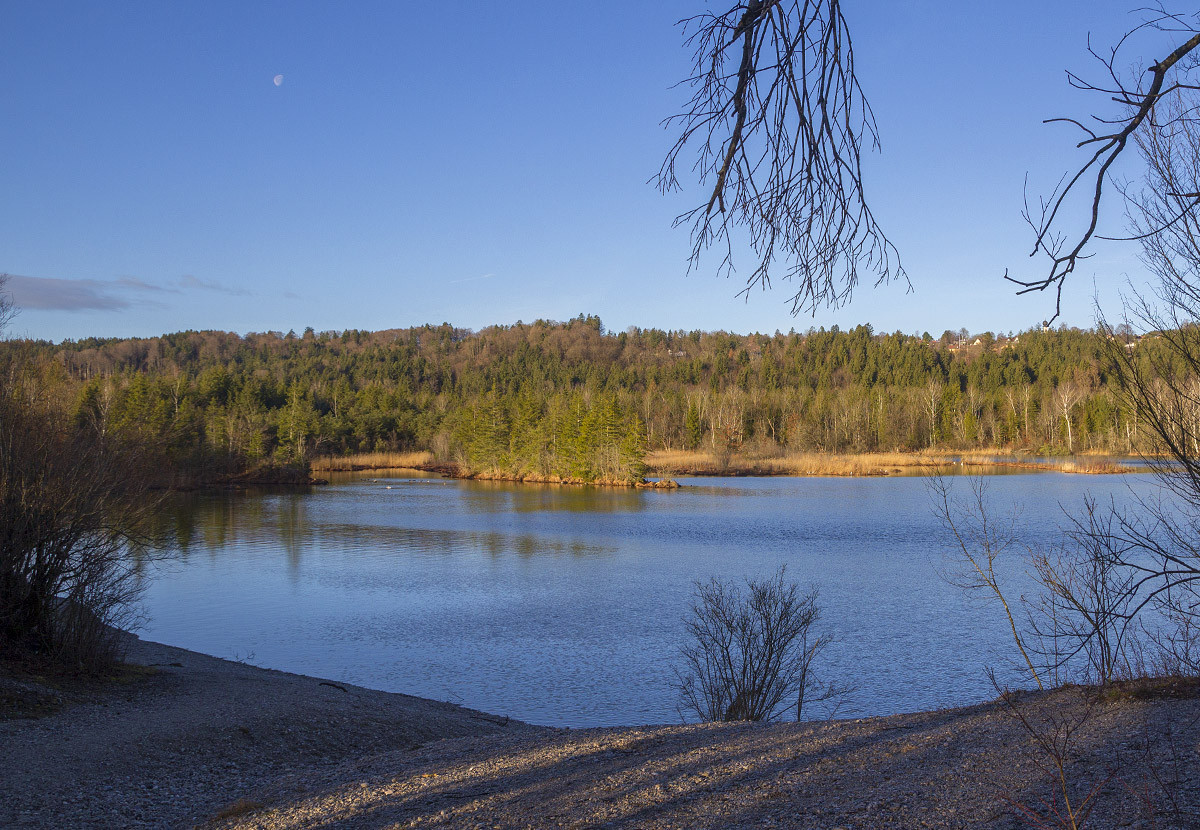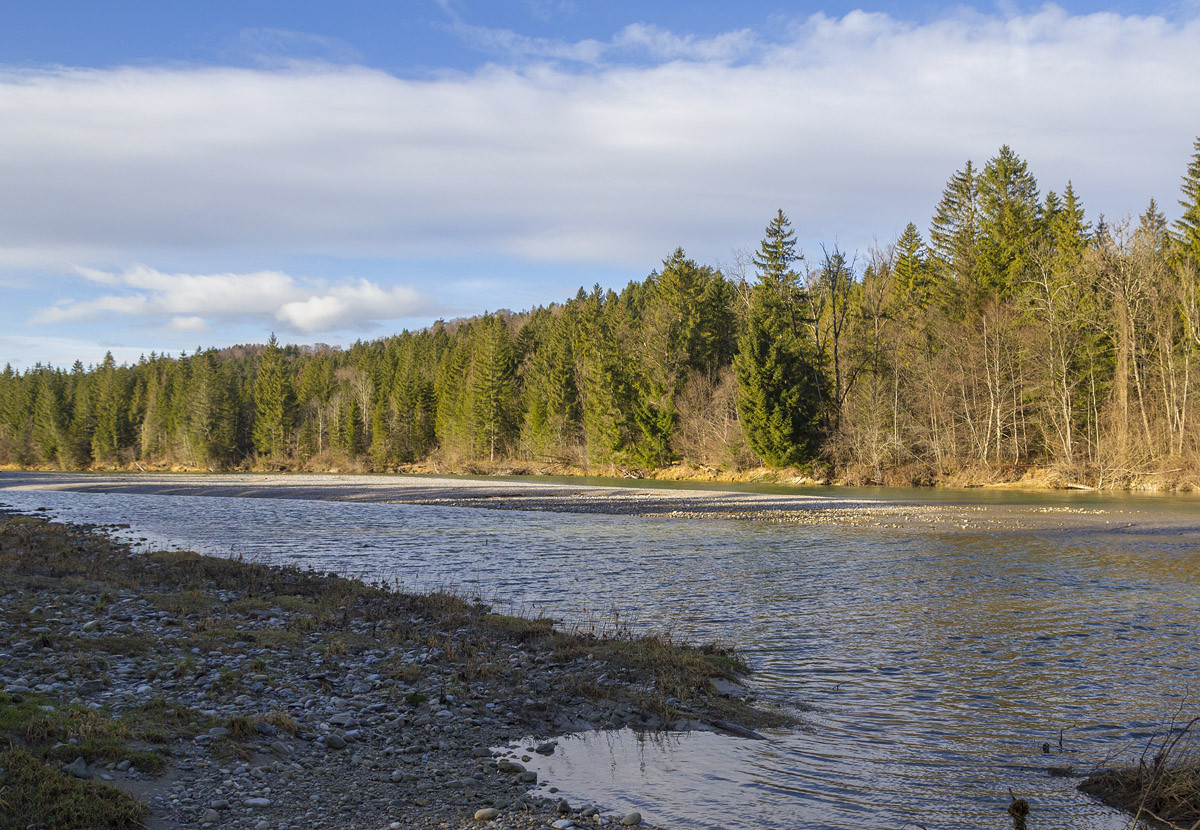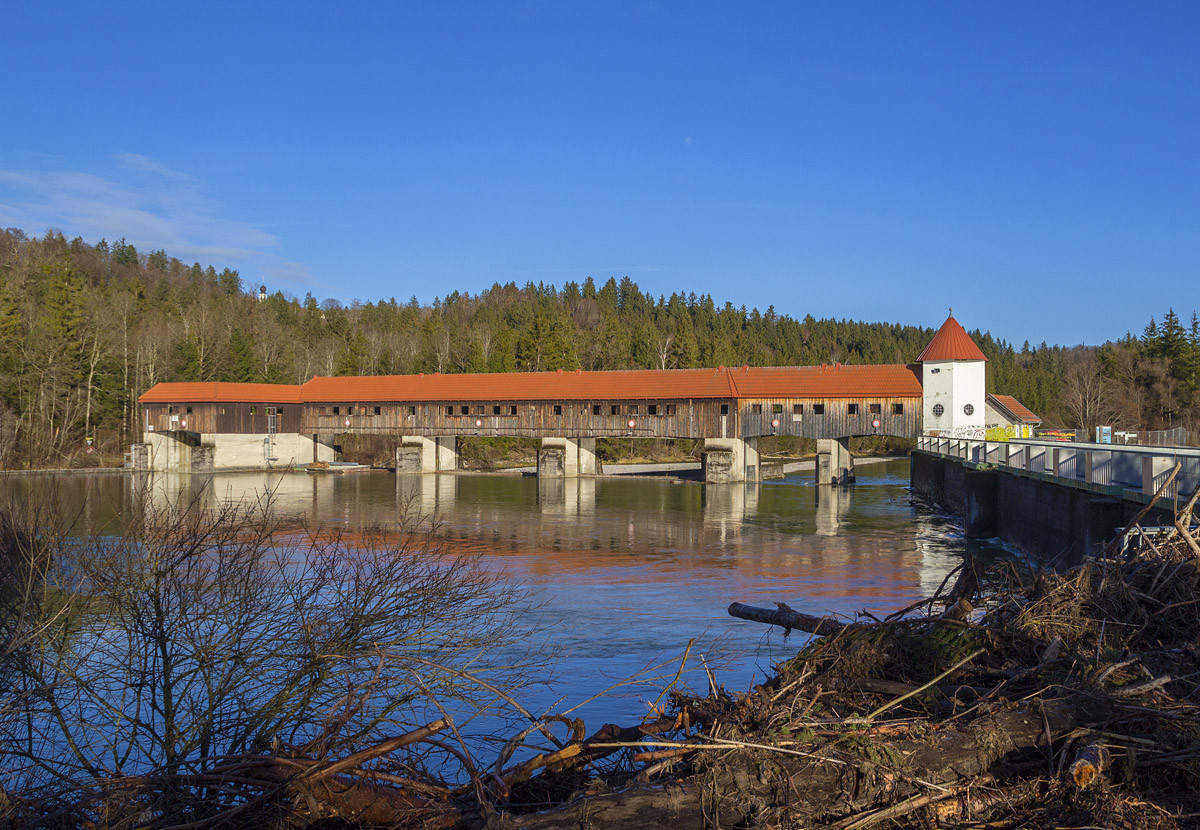Opis
In the nature reserve Isarauen, the 1100x290m measuring reservoir Ickinger Stausee lies embedded between the 30m wide Isar water channel and the river Isar. At the reservoir there are breeding perkoz dwuczuby and gęgawa. mandarynka and trzcinniczek (zwyczajny) also appear. dzięcioł zielonosiwy and dzięciołek live in the riparian forests. Further breeding birds in the area are nurogęś, pluszcz and pliszka górska.
From the path on the north side of the reservoir there are occasionally narrow paths through the forest that lead to the gravel banks of the river Isar. sieweczka rzeczna is breeding there (but pay attention to the entry ban during breeding season!). Regular winter guests in the area are czapla siwa, czernica, gągoł, zimorodek and siwerniak. Along the way north of the water channel you sometimes find feeding stations where you can observe birds from a small distance. The Isar valley also is habitat of puchacz.
Szczegóły
Dostęp
The Ickinger Stausee is located north of Wolfratshausen, near Icking. From Munich you can get there by train (S-Bahn, station Icking). When you arrive by car there are several parking options: Icking (Isarweg) or Aumühle. Click on a P in the map for directions. You can explore the area best on foot. The circular walking route indicated on the map is about 5,1 km.




